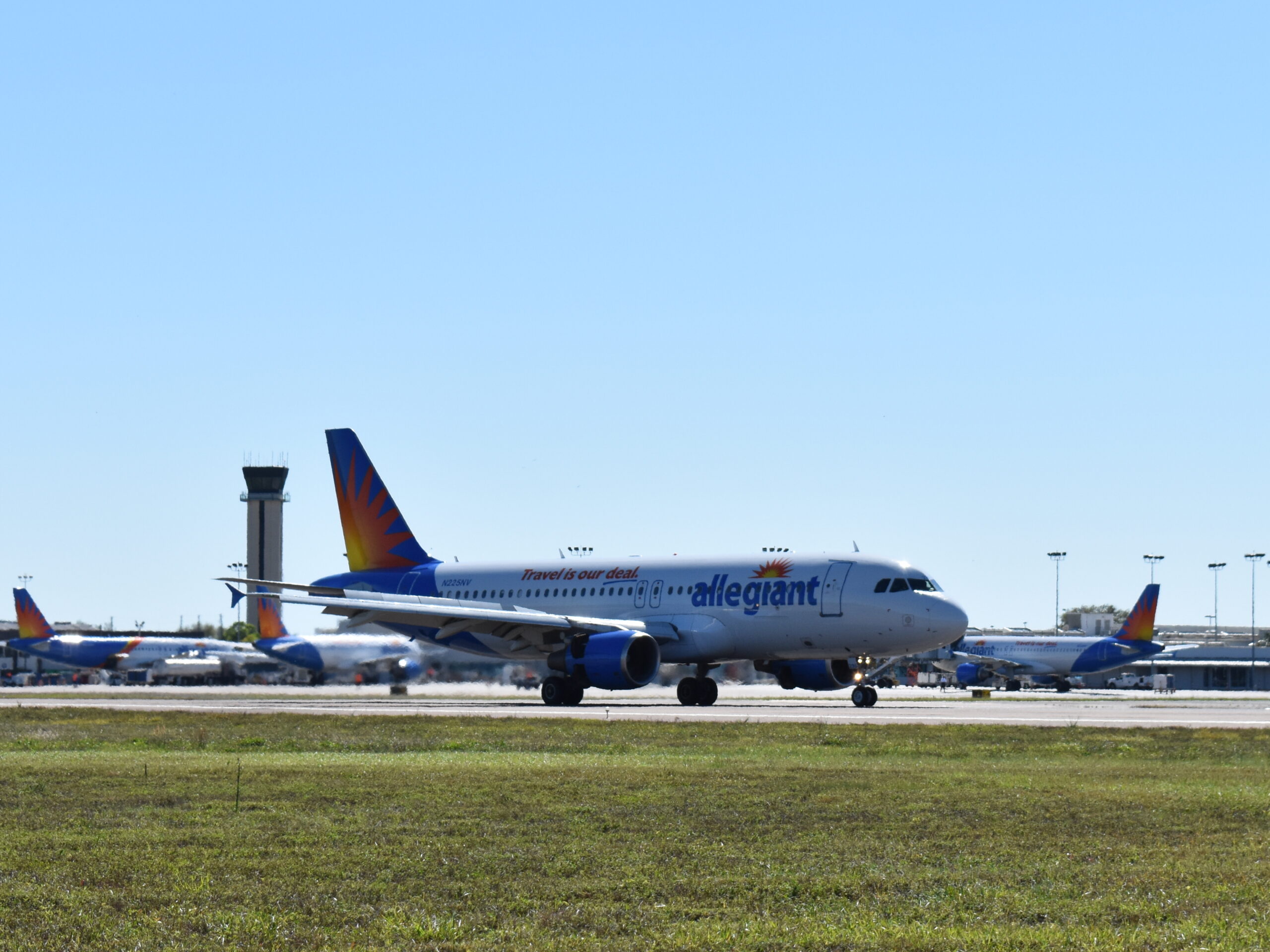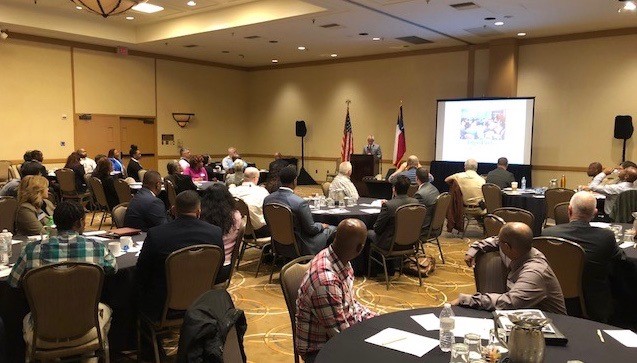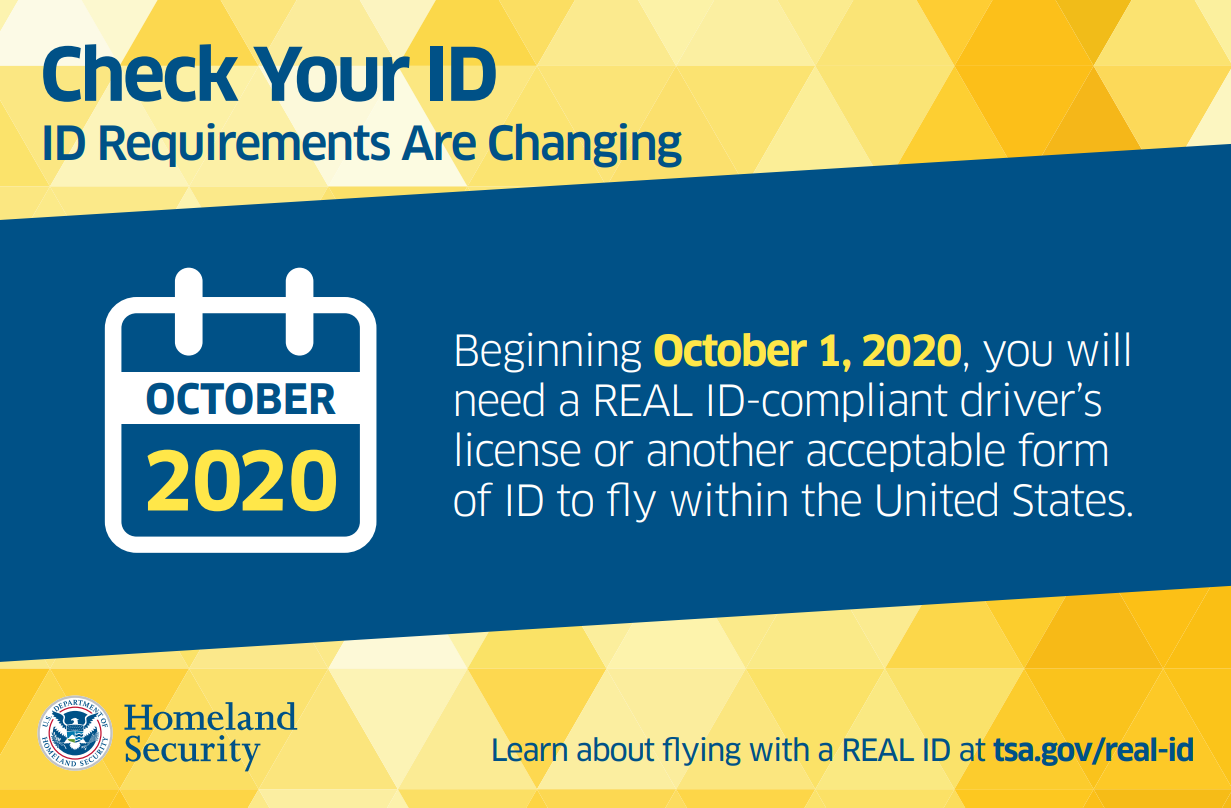By Kevin M. Burke, President and CEO, ACI-NA
Collaboration has long been the hallmark of our industry. No matter if we’re in a season of joy or a time of crisis, the greater aviation industry has always found common ground to help ensure the health, safety, and security of the traveling public. Whether responding to a global pandemic or a security incident, our industry is built on strong partnerships.
One of our closest partners is the Transportation Security Administration (TSA), an agency comprised of tens of thousands of individuals who are dedicated to ensuring the security of the traveling public. The close partnership with TSA has been critical during the pandemic in helping airports remain operational while working collaboratively to provide for the health, safety and security of the travelers, employees and tenants.
Just two months ago, ACI-NA and the airport industry recognized the 20th anniversary of the 9/11 terror attacks that significantly impacted our industry, and resulted in widespread enhancements in aviation and airport security across the world.
Today, we mark another significant milestone in aviation security: the twentieth anniversary of the TSA. On this very day, 20 years ago, President George W. Bush signed into law the Aviation and Transportation Security Act, legislation that would further enhance aviation security through the creation of TSA and help restore public confidence in air travel.
The legislation directed the newly created TSA to hire, train, test and deploy Transportation Security Officers; purchase and install Explosive Detection Systems for screening checked baggage; hire and dispatch Federal Security Directors to airports to oversee screening operations and verify airports’ compliance with established regulations.
Airports remain committed to working with their TSA partners to ensure effective security through the implementation of risk-based measures to mitigate current and emerging threats, and in response to assessments. Due to the unpredictable nature of security threats, airports often go above and beyond baseline security requirements, implementing additional processes, procedures, and technologies that are adapted to each airport’s unique geographic locations and facility designs.
While passengers see security checkpoints, the most recognizable part of the aviation security system they do not see the fully integrated, multi-layered approach to airport security that happens behind the scenes.
Maintaining the safety and security of the traveling public is the top priority for airports. Airports, in full compliance with federal requirements, continually work with their TSA, law enforcement and airline partners to examine, test, and improve upon the risk-based security system to provide for the safety and security of travelers.
So much has changed in the last 20 years, including the overhaul and expansion of aviation security and the creation of agencies like the TSA.
We appreciate the strong partnership we have with TSA and our other aviation partners. Our security mission is a shared mission. During the pandemic airports worked closely with their TSA partners to deploy contactless security systems and technology to further enhance the efficiency and effectiveness of the aviation security system.
Notably, a new generation of airport leaders have joined our industry since the 9/11 attacks and the creation of TSA. These leaders will build upon the extensive work that has been conducted and the lessons learned through our close collaboration with TSA over the last 20 years, further reinforcing the safety and security culture we have today.
As we look toward the next 20 years of partnership with TSA and our aviation security partners, we are continually reminded that our work to provide for the health, safety, and security of the traveling public and airport workers will never be finished.













